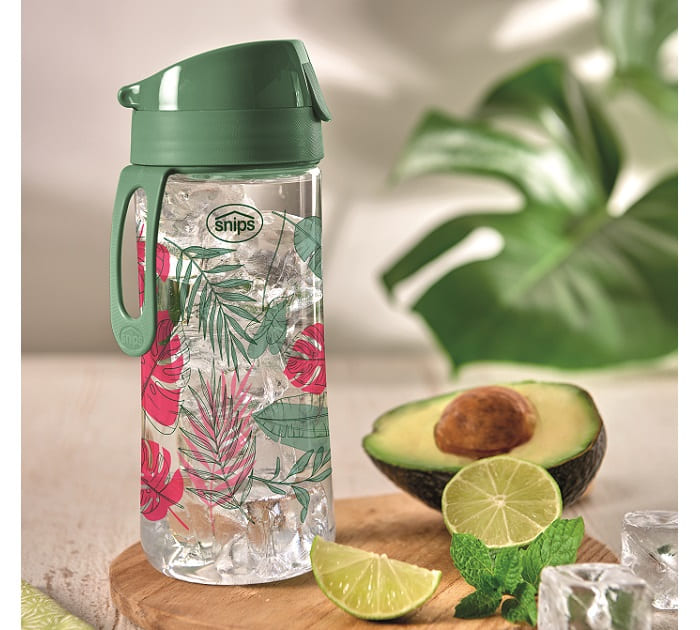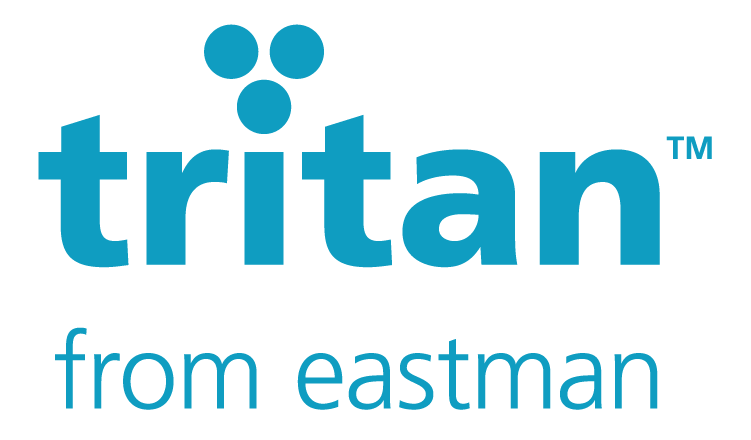For convenience you should check that it is dishwasher safe: the bottle must be easy to inspect and washable, even in the dishwasher, so it must have a certain thermal resistance, capable of containing hot drinks too; if it is transparent, it is easier to notice the presence of residues, limestone or mould formation. The chosen bottle should be produced with a material that does not release substances, such as Bisphenol A (BPA) and phthalates, suspected of interfering with the endocrine system, nor of releasing metal due to oxidation. Many water bottles currently available on the market are not suitable for containing detox drinks, herbal teas, smoothies, juices, fruit juices, carbonated drinks, all aggressive liquids from the point of view of oxidation.
To be really practical, a water bottle must be ultra-light, comfortable to hold, but also shock-resistant and with a stopper which seals well.
The choice of Tritan™ as the exclusive production material for Snips is therefore not random at all, but the result of research and selection. Products made of Tritan™ are as resistant and durable as steel, but they are also transparent like crystal and do not dent or scratch. They do not absorb or release odours or flavours.
Tritan™ is dishwasher safe and does not deform and does not break. Bottles made of this material can withstand repeated transfers from the low temperatures of the refrigerator to the high temperatures of the dishwasher.
Tritan™ is BPA-free, and free from all other bisphenol composites. It withstands very high temperatures, up to 100 ° C and can also contain hot drinks.
Here are some small tricks for optimal bottle maintenance: At the end of the day, empty it, rinse and allow to drain over the sink. Or run a dishwasher wash cycle. Before using it again, rinse with warm water. When it remains unused, store with the cap unscrewed, to allow air to pass and to prevent unpleasant smells and tastes from forming.


